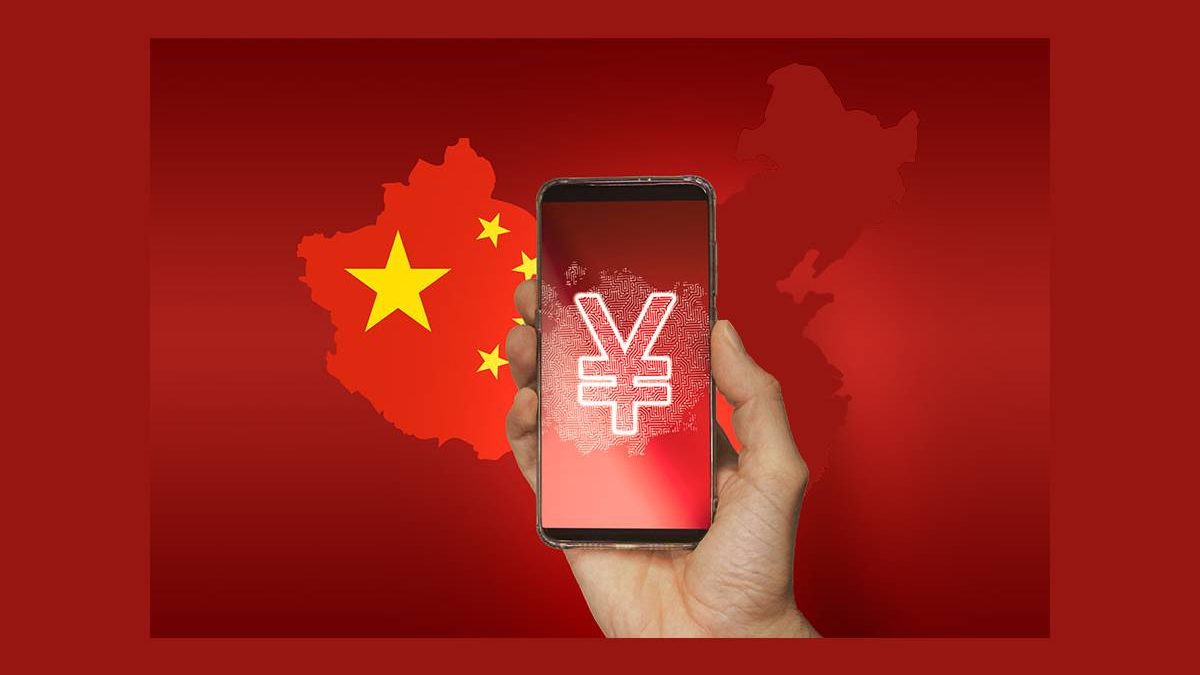Social Media Platforms in the Digital Yuan Era: Charting a New Course – In recent years, the ascent of the Digital Yuan has sent shockwaves throughout the global financial landscape. For many, its rise is seen as a harbinger of a shifting global economic balance, with China at its helm. But aside from its broad geopolitical implications, it’s the nexus between the Digital Yuan and China’s sprawling social media landscape that beckons intrigue. To effectively invest in Digital Yuan, you must consider using a trusted trading platform like Yuan Pay Group.
Table of Contents
Historical Context: China’s Social Media Landscape Pre-Digital Yuan
China’s digital space is a vibrant ecosystem. Platforms like WeChat, Weibo, and Douyin (known as TikTok internationally) have transformed not just communication but also commerce in the country. WeChat, for instance, has evolved from a mere messaging app to an all-in-one platform where users can shop, pay bills, book tickets, and more. The inception of WeChat Pay and Alipay signaled the country’s rapid shift towards a cashless society, even before the Digital Yuan’s emergence.
Digital Yuan: A Brief Primer
The Digital Yuan, officially referred to as the Digital Currency Electronic Payment (DCEP), isn’t a cryptocurrency. Unlike Bitcoin or Ethereum, which operate on decentralized platforms, DCEP is issued and controlled by the People’s Bank of China (PBOC). It’s a legal tender, just like physical yuan, but in a digital form.
This currency’s significance lies in its potential to redefine transactions, paving the way for quicker, more secure, and traceable payments. The centralized control by PBOC also implies that the state can directly oversee all transactions, distinguishing it from decentralized cryptocurrencies.
Integration of Digital Yuan with Social Media Platforms
Imagine purchasing from a Douyin influencer’s live stream with just a tap, without any third-party payment system involved. That’s the future with the Digital Yuan’s integration. Platforms are actively exploring and implementing native integrations to make financial transactions as seamless as sharing a post.
The integration status for major social media platforms varies. WeChat, for example, is currently testing the Digital Yuan, offering features such as direct transfers and in-app purchases. Weibo has plans for its integration and is looking to implement features like advertisement payments and donations. Douyin is already in progress and aims to introduce e-commerce transactions and superchat payments using the Digital Yuan.
Potential Benefits for Users and Platforms
For users, the integration promises
- Speed: Near-instant transactions without needing third-party app redirections.
- Security: As a state-backed currency, its infrastructure promises robust security features.
- Innovation: With platforms potentially launching financial products or services tailored for their user base.
For platforms
- Revenue: Direct transaction means reduced fees paid to third-party payment processors.
- User Retention: A seamless experience ensures users spend more time on the platform.
- Data: A direct insight into user spending habits could help in better personalization.
Challenges and Concerns
Yet, this new frontier isn’t devoid of hurdles
- Privacy: The Digital Yuan would give unprecedented transactional visibility to the state, raising concerns about user privacy and state surveillance.
- Interoperability: How well the Digital Yuan plays with other global digital currencies remains to be seen, especially in platforms catering to global audiences.
- Regulation: Social media platforms will have to navigate the intricacies of financial regulations, a territory they aren’t typically familiar with.
Comparison with the Global Social Media Landscape
While China ventures into this Digital Social media integration, the global stage isn’t silent. Facebook’s now rebranded ‘Diem’ (previously known as Libra) seeks to introduce a similar paradigm shift.
When comparing the Digital Yuan with Diem, there are noticeable differences. The Digital Yuan is centralized, controlled by the People’s Bank of China (PBOC), and has a national scope of integration. Privacy concerns are high due to state control, and its adoption can be considered as mandated. On the other hand, Diem operates on a semi-centralized system with a global scope for integration. The privacy concerns are moderate, and its adoption is voluntary.
Future Predictions: The Next Decade of Social Media and Digital Yuan
As we tread into the next decade, the integration between the Digital Yuan and social media could become the norm rather than the exception. With China’s ambitious Belt and Road Initiative, partner countries might also see an influx of the Digital Yuan, potentially making it a significant player in global trade.
The Broader Impacts on Society and Economy
The Digital Yuan could transcend beyond just a currency. For the diaspora, it could serve as a bridge to home, making remittances smoother. On a global scale, the Digital Yuan’s broad adoption could shift economic dynamics, positioning China as a prominent digital financial hub.
Conclusion
The dynamic relationship between the Digital Yuan and China’s vast social media platforms signifies a pivotal transformation in the digital realm. This shift reflects how boundaries between social interactions and commercial transactions are becoming increasingly intertwined. The introduction of platforms underscores the growing prominence of this digital currency. For those watching from the sidelines, it’s imperative to stay informed, adjust accordingly, and welcome the innovations this change will usher in.

